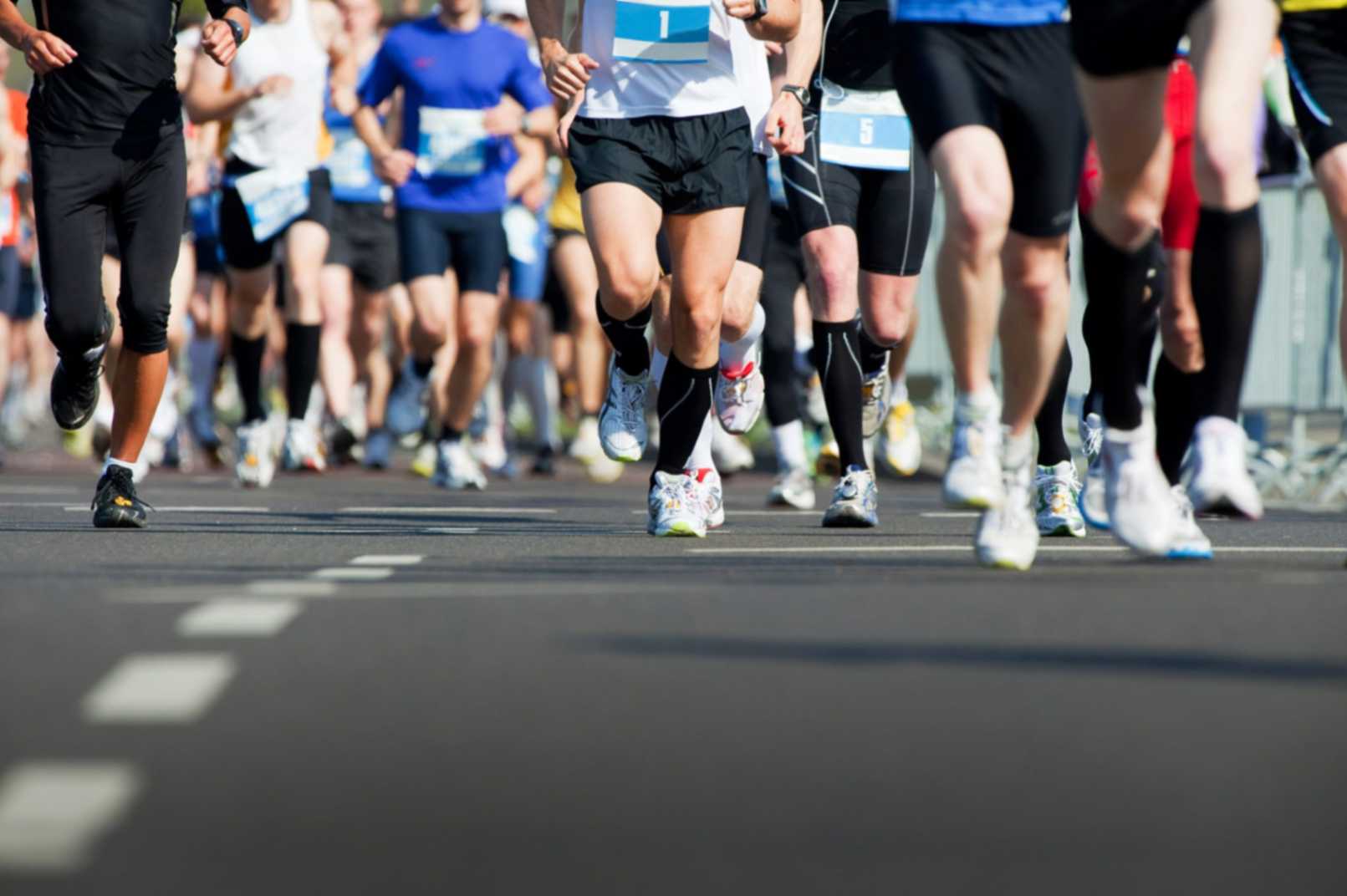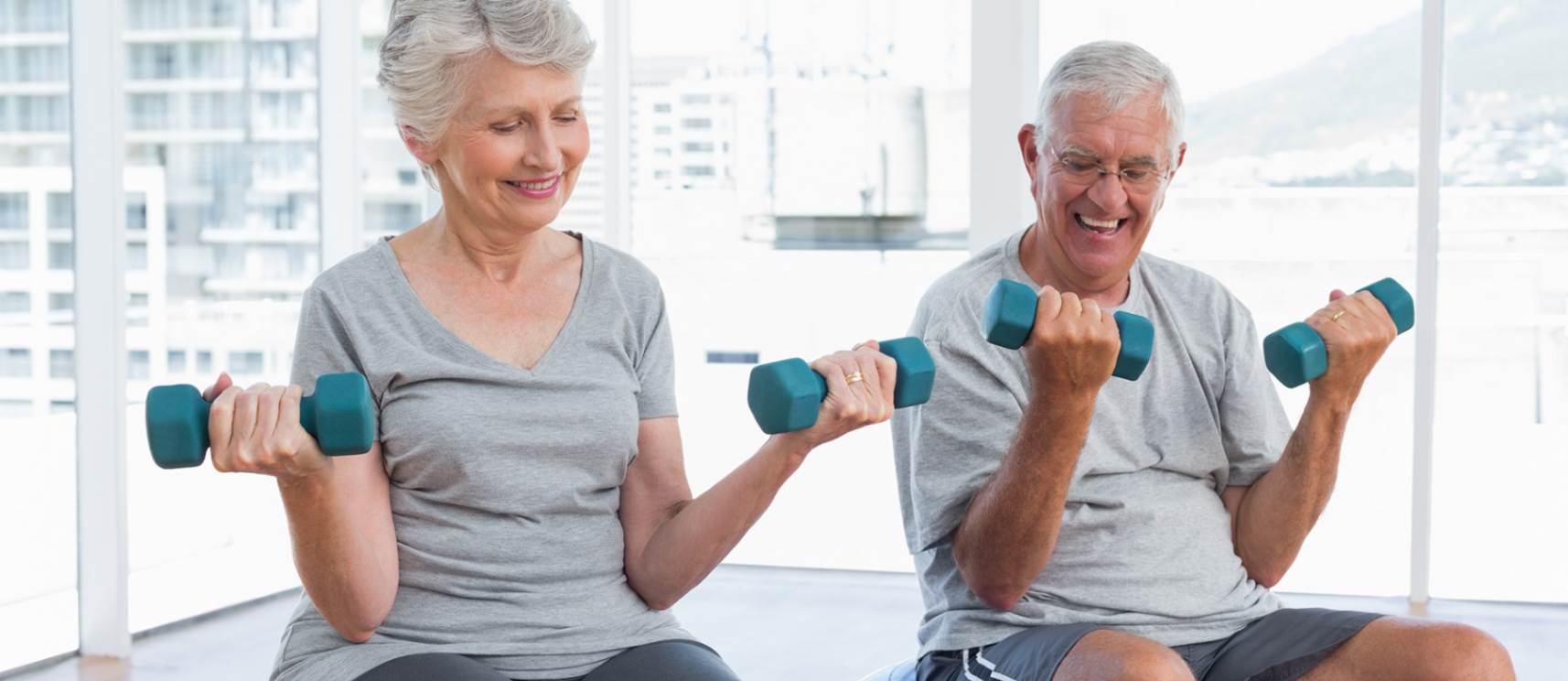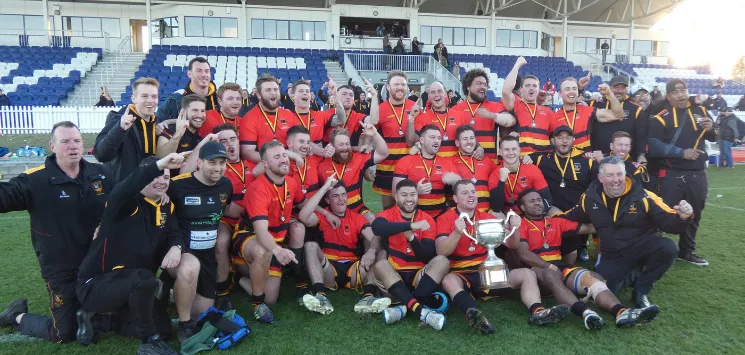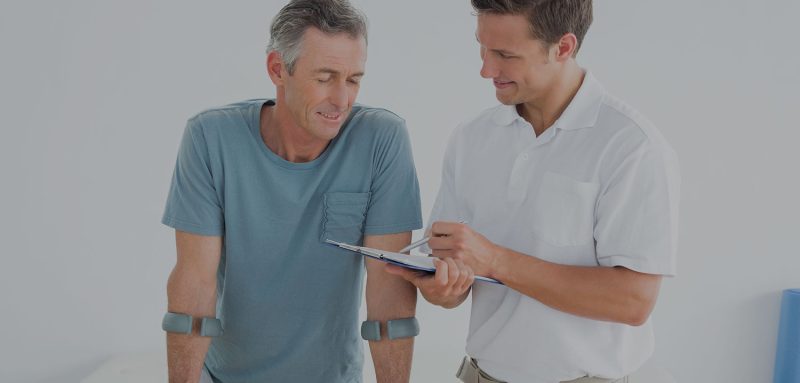icon
With the Central Coast Half Marathon coming up on the 25th of November, it is important to make sure you know how to prepare your feet ahead of the race! Running long distances can cause many foot and ankle injuries – so ensuring you are prepared is vital! Here are our top tips!
Footwear
Running shoes have a limited life span, with most standard running shoes have a life span between 600-1000 km’s. There are many factors which contribute to how long your footwear lasts, including weight, how many times a week you are running in the shoes as well as the efficiency of your gait. If you do decide to get some new shoes before your race, it is ideal to purchase them at the latest a month out from the event. It is best to gradually wear in a new pair of shoes with a few walks and shorter runs.
A few features to look for in a supportive shoe include:
A firm heel counter.
Firm midfoot.
Shoes should only flex where the forefoot bends.
Wide and deep enough toe box.
The end of the shoe should have at least a thumb width gap from your longest toe to prevent damage to the nail bed.
Blister prevention and treatment
It is recommended that you see your podiatrist for treatment of corns, calluses and fissuring prior to the event, as these small issues can cause a lot of pain and discomfort during the race. Poor fitting socks and shoes can be a major contributor to blister formation, so it is important when training for your event that you don’t ignore the pressure spots on your feet. When you feel a slight burning at a specific site on your foot it is best to cover the pre blister site with some tape to prevent it turning into a bigger problem.
Biomechanics
Your foot and ankle function and alignment can have a significant influence on the types of injuries you may be susceptible to when running. Some of the most common injuries runners suffer from include plantar fasciitis, shin splints, Achilles tendonitis, all of which are more common in runners with poor foot biomechanics. Poor biomechanics place a much larger amount of pressure and force through certain structures causing them to tear from overuse. If you are having any pain or discomfort when running a full biomechanical assessment will help to understand the underlying cause of the discomfort and the best way to treat the issue to get you back running pain free and at your best.
Socks
The best running socks are socks that are made from a moisture wicking fibre to keep your feet dry and cool, and made from natural and synthetic materials such as polyester, acrylic, and wool. Some runners choose to wear double-layer socks for additional blister protection. Padded soles can give your heels some extra cushion. Other things to look for are a seam-free toe section, which can further reduce your risk of blisters. Some running socks have some added compression sections which can be comfortable if swelling is an issue.
Our Podiatrists can help out with any foot and ankle injuries ahead of the marathon. Book an appointment by calling (02) 4356 2588 or book online via the button below.




 Helping the Central Coast Feel Well, Move Well and Perform Well!
Helping the Central Coast Feel Well, Move Well and Perform Well!